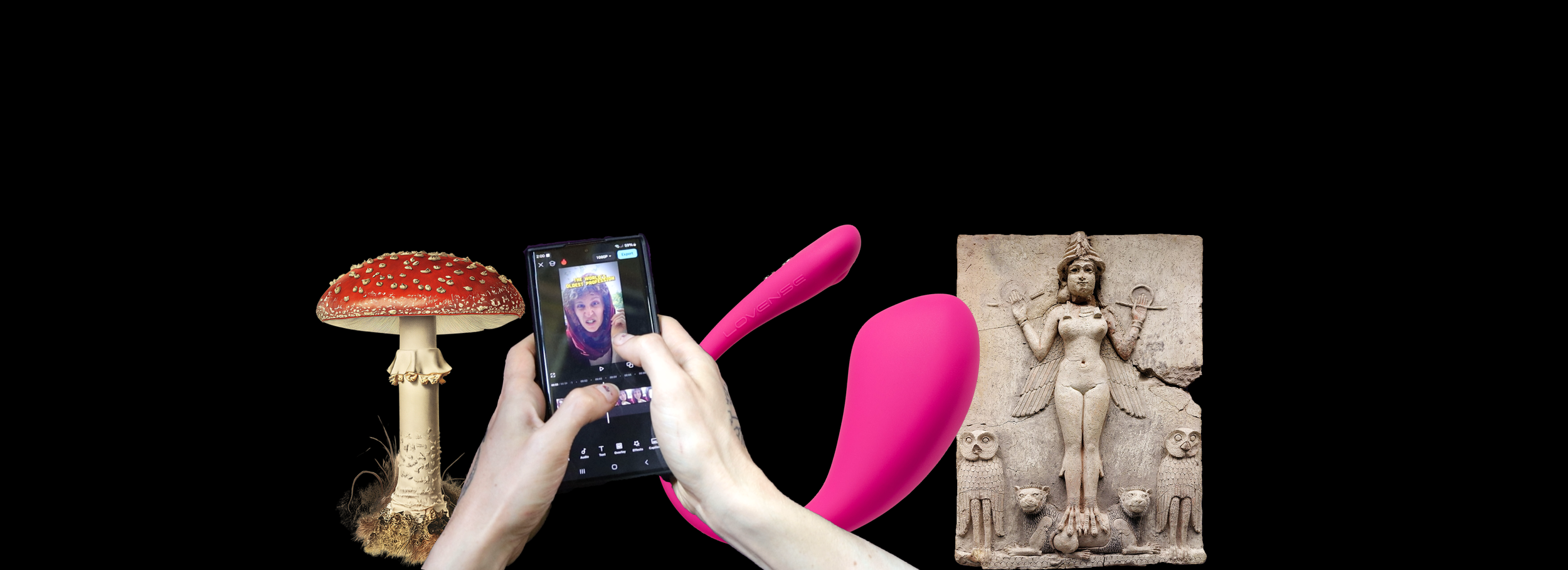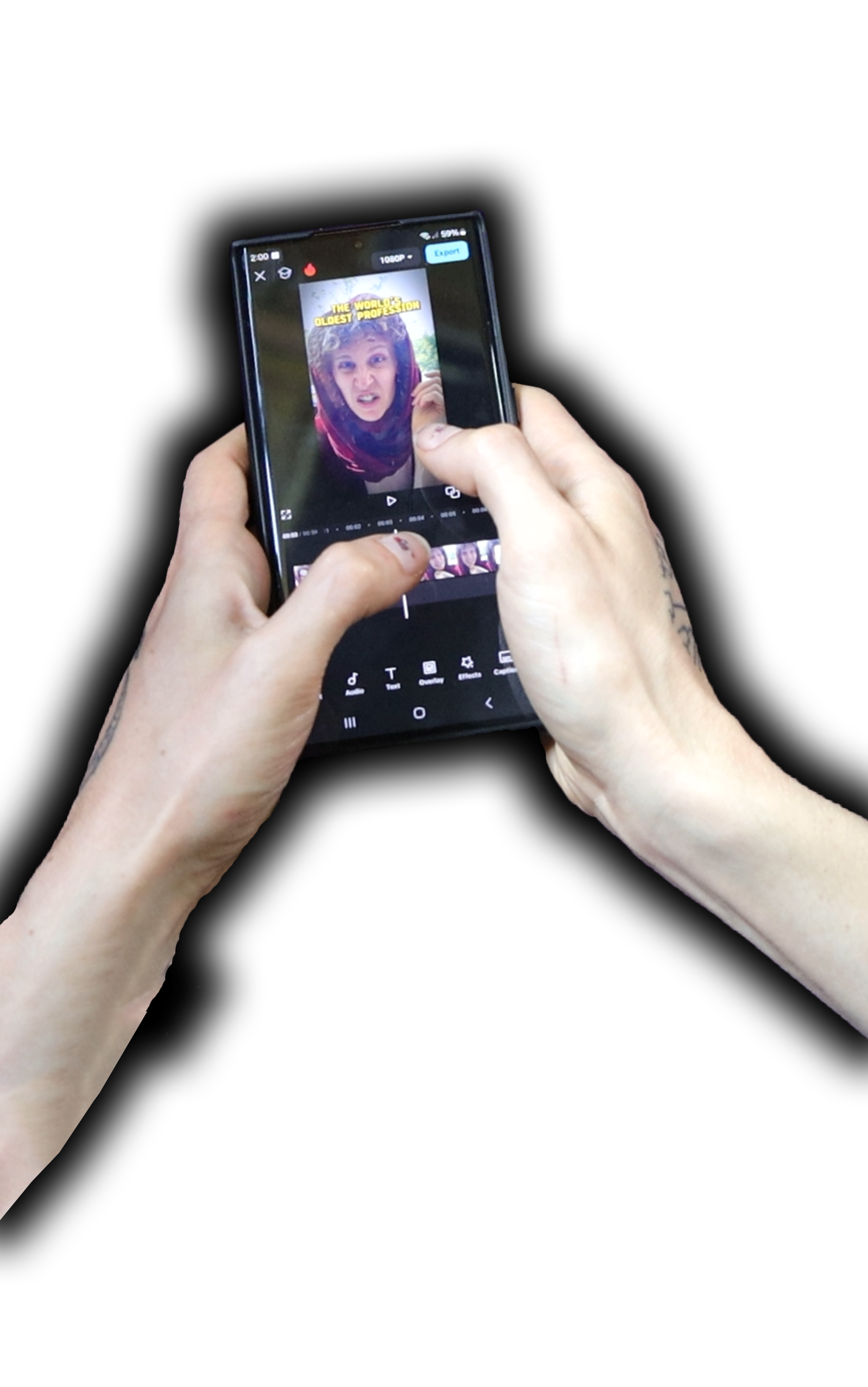
Courses
Scroll for syllabi and descriptions of past courses
Bronze Age Mythology
A survey of Bronze Age Mythology. Students read Southwest Asian mythological texts, with an eye towards how Bronze Age thematic motifs are taken up, elaborated, or negated, in later Abrahamic literature. Students read English translations of the core myths of Sumerian, Egyptian, Hittite, Greek, Babylonian, Assyrian, and Ugaritic polities, including The Descent of Innana, The Epic of Gilgamesh, The Courtship of Ishtar and Tammuz, The Death and Resurrection of Osiris, The Enuma Elish, The Kumarbi Cycle, Hesiod’s Theogony, and the Baal Cycle. This course frames mythology from an evolutionary perspective, exploring how Eastern Mediterranean history, especially the Late Bronze Age Collapse and subsequent rise of Assyria, impacted the development of Israelite literature. Throughout the course these early texts will be compared to relevant selections from the Tanach and the Gospels.
Hasten! Hurry! Rush!
Run to me with your feet, race to me with your legs.
For I have a word to tell you, a message to recount to you:
the word of the tree and the whisper of the stone,
the murmur of the heavens to the earth, of the seas to the stars.|
I understand the lightning that the heavens do not know,
the word that people do not know, and earth’s masses cannot understand.
Come, and I will reveal it…
– The Ba’al Cycle –
Ugarit, 1400 BCE
Social Media and Sex
In this course, students learn about online sexual cultures. Students listen to the voices of social media users and sex workers to study how people build communities and express their sexualities online. The course investigates the fuzzy boundary between sexiness online and online sex. What tools do online platforms use to enforce this distinction? What tools do sexual people use to contest it? Sources of information will include academic literature, contemporary news reporting on changes to the law and platform policies, and the voices of social media users and sex workers. Throughout this course, students practice ethnographic research methods researching how people build communities and express their sexualities online in places labeled “SFW” (“Safe for work”, such as reddit, tumblr, Instagram etc) and how their interactions in these spaces influence activities on the “NSFW” side of the internet, and in the physical world. Students investigate how the innate human drive for pleasure interacts with the economics of content creation in digital spaces to produce novel expressions of human sexuality. Students practice navigating diverse social media ecosystems, and in so doing curate their own online identities as critical digital media scholars.
“Social media are a curious force when it comes to the expression of human sexuality –
there is constant encouragement towards sexiness and posting thirst trap photographs and videos on platforms like Instagram and TikTok,
but once such representations cross over into the realm of sex over sexiness, new rules apply.”
- Bronstein 2021 -
Mycology
This course surveys the diversity of fungi and fungal-like organisms, focusing on their taxonomy, biology, ecology, evolution, and relationship with humans. Students explore fungi in both the laboratory and the field, with a hands-on approach centered around observing and collecting fungi. Student projects are publicly oriented and community focused - science communication videos and Instagram posts designed to educate a broad audience about various aspects of mycology. On field trips to local forests, students collect and document fungal samples. These samples are deposited in a fungarium accessible by future scholars. Students leave this course with a broad understanding of fungi, their diversity, and the skills to identify, collect, culture, and communicate about them to their community.
“Many of today mycologists drew early inspiration from their patient holistic and arguably sacred and dutiful art of observation.
This art, this deep, daily, ritualistic communion with patterns, phenology, and nonhuman beings gives many of us a sense of purpose.
Naturalism is beautiful because it is not inherently directed, there are no required hypotheses, practitioners need not have an academic affiliation”
- Kaishian 2020 -
Digital Storytelling
Our world communicates via video. New, accessible smart phone creation tools have elevated vertical shorts as the newest genre of digital storytelling. In this class, we students take an immersive dive into the vertical shorts ecosystem, and explore how the its platforms (YouTube, Instagram, and TikTok) can be used to effectively narrativize their work, and enhance their career goals. These platforms host thriving communities of amateurs and experts from nearly every profession, collaborating and communicating about their work through short, engaging films. Through the class, students discuss critical perspectives and approaches to building visual narratives. They learn how to make compelling content about their passions, and walk away with a portfolio of high quality, shareable videos that showcase their digital storytelling skills to the world.
“There's something exceptional about watching a video and simultaneously thinking 'That was genius!' and 'I could have done that!'”
- Hank Green -



